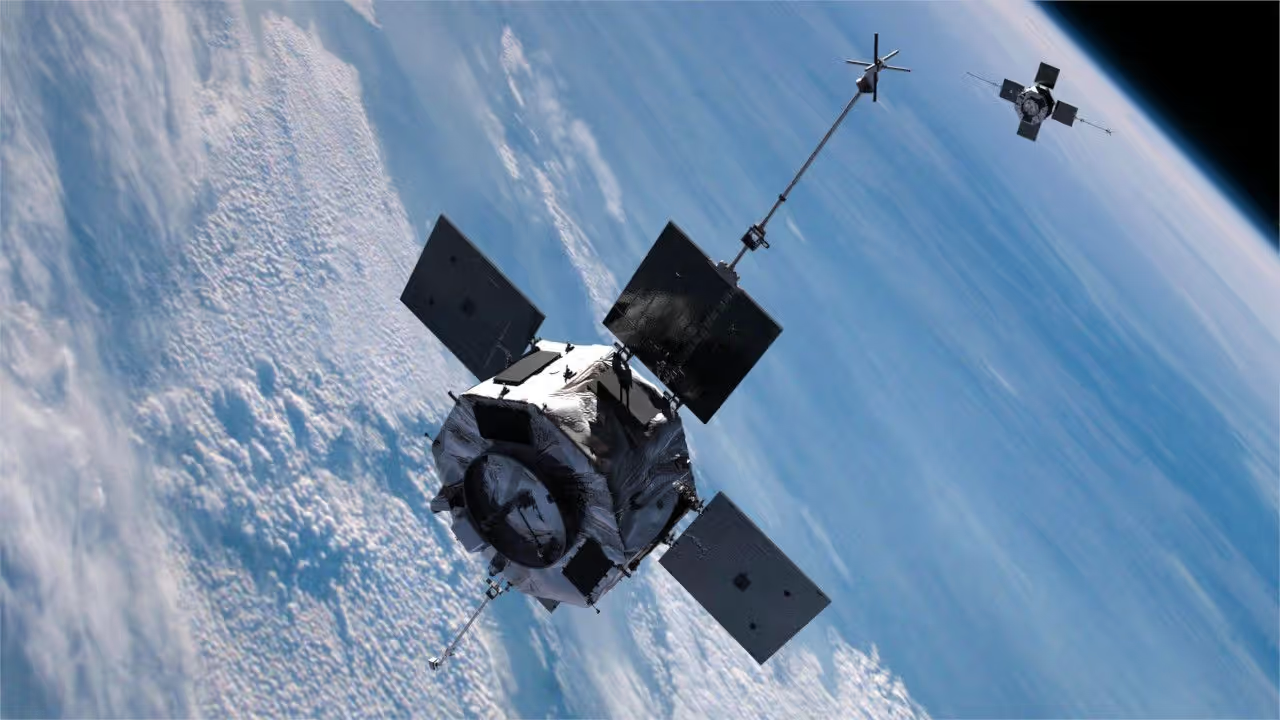
Amazon Confirms ‘Project Kuiper’ Satellite Broadband Plan
Amazon has confirmed that it is to launch a constellation comprised of thousands of satellites in low Earth orbits (LEOs) to provide broadband connectivity to around 95 percent of the planet's population.
Following the publication of filings for authorisation from the International Telecommunications Union (ITU) - here, here, and here, Amazon confirmed the existence of what it is calling Project Kuiper to news site GeekWire this week.
“Project Kuiper is a new initiative to launch a constellation of low Earth orbit satellites that will provide low-latency, high-speed broadband connectivity to unserved and underserved communities around the world," a spokesperson explained to the site. "This is a long-term project that envisions serving tens of millions of people who lack basic access to broadband internet. We look forward to partnering on this initiative with companies that share this common vision."
Firm details of the company's plan, including launch schedule, are not yet available, but its filings do reveal the constellation will be made up of 3,236 satellites in three separate orbits: 376 miles, 379 miles, and 391 miles from Earth. The positioning of these satellites which be such that the constellation will provide coverage for around 95 percent of the world's population.
Amazon's confirmation of its plan for planet-spanning satellite broadband coverage comes a few months after it launched Amazon Ground Station, a satcom-as-a-service platform which is likely to form the ground-level basis for Project Kuiper. It also puts the company in direct competition with SpaceX, which was granted authorisation to build, deploy, and operate satellites in its Starlink constallation in November last year.
Lime Microsystems is involved in a range of satellite communication projects, from the European Space Agency (ESA) selecting its LimeSDR platform for app-enabled satcoms to its hardware being used in the Open Satellite Project. A LimeSDR was also installed on the International Space Station (ISS) under the Marconissta project to map the globe in radio spectra and measure transmission and reception strengths from amateur radio ground stations.